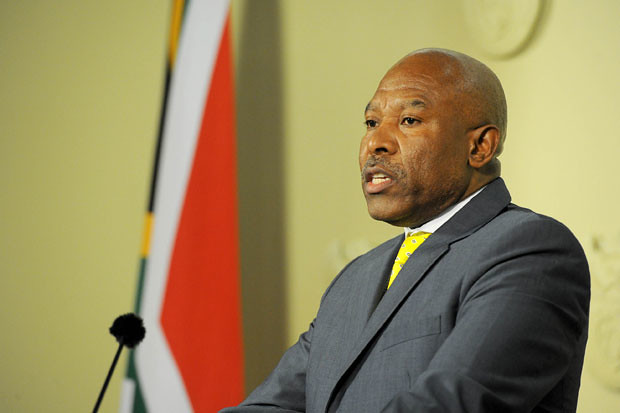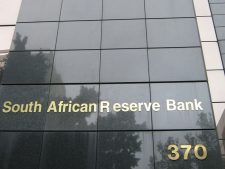South African Reserve Bank (SARB) Governor Lesetja Kganyago says South Africa has adequate measures in place to reduce the impact of COVID-19 on the economy.
Kganyago was speaking at the virtual celebration of the bank’s 100th year anniversary earlier today.
Celebrating 100 years of SARB:
He says while these measures minimised the impact on human lives and financial markets, they came at a great cost to the economy.
” In anticipation of the economic shock which ensued the SARB responded quickly and aggressively with a broad array to limit the economic damage. In addition to participation in global forums, the SARB contributed to the strengthening of the global financial safety net. South Africa entered the COVID-19 crisis with stable and low inflation rates and moderate inflation expectations giving the SARB significant policy space to provide support to households and firms.”
History of SARB
The South African Reserve Bank was established in 1921 as part of the recommendations of the October 1919 Gold Conference and remains Africa’s oldest central bank. The SARB first opened its doors for business on 30 June 1921 and issued its first banknotes to the public on 19 April 1922.
Join the SARB as we celebrate our 100 years of existence in a special virtual celebration ceremony.
Date: Today, 30 June 2021
Time: 14:00 – 15:30
Place: SARB YouTube Page (https://t.co/0ODh8D80y1) or on our Facebook page (https://t.co/oZHJLcdHvW)#SARB100 pic.twitter.com/7MVl5dMrIn— SA Reserve Bank (@SAReserveBank) June 30, 2021
After the 1919 Gold Conference, a select committee of parliament recommended the establishment of a central bank to assume responsibility for the issuing of banknotes and for taking over the gold held by commercial banks.
Purpose of Gold Conference
During World War I (1914–1918) unusual financial and monetary conditions emerged. At the time, South African commercial banks issued banknotes to the public but had to be backed by gold. However, the price of gold in the United Kingdom rose and became higher than the South African gold price as a result of World War I.
Those with banknotes in South Africa realized that a profit could be made by converting banknotes into gold in South Africa and selling the gold in London. This meant that South African commercial banks had to buy gold at a higher price in London to back their banknotes in issue. This was higher than the price at which the commercial banks had initially converted their banknotes into gold.
This amounted to commercial banks in South Africa having an “obligation to trade at a loss”, posing a serious threat to the ability of banks to continue meeting their obligations.
In order to protect their financial viability, commercial banks asked the government to release them from the obligation to convert their banknotes into gold-on-demand. This resulted in the Gold Conference of October 1919.






